Explore the Best AI Image Gallery
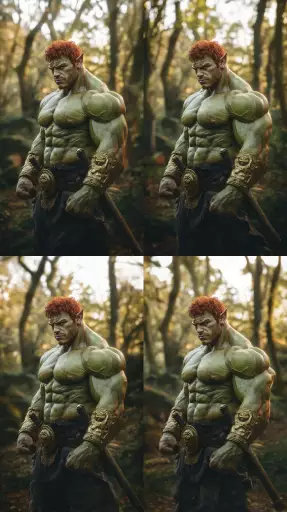
Painted Pixels: AI-Generated Images and the Evolving Art World
The art world is abuzz with a new form of creation: AI-generated images. Powered by complex algorithms and vast datasets, these digital tools can produce stunning visuals that mimic various styles, from Renaissance masterpieces to abstract expressionism. This technological leap has sparked both excitement and apprehension, raising profound questions about the nature of creativity, artistic ownership, and the future of the art industry.
At its core, AI image generation relies on machine learning. Algorithms are trained on massive collections of images, learning patterns, textures, and compositional elements. When given a prompt or set of parameters, these algorithms can generate unique images that adhere to the learned aesthetic principles. Tools like DALL-E 2, Midjourney, and Stable Diffusion have become increasingly sophisticated, allowing users to create breathtaking visuals with remarkable ease.
The Impact on Artists and the Art Market
AI image generation has undeniably disrupted traditional artistic practices. Some artists view it as a powerful tool for experimentation and exploration, enabling them to push creative boundaries and overcome technical limitations. Others express concerns about its potential to devalue human creativity and undermine the livelihoods of artists who rely on their skills for income.
The art market is also grappling with the implications of AI-generated art. Collectors are increasingly interested in acquiring these unique digital pieces, while galleries and auction houses are navigating new territory in terms of authentication, provenance, and valuation. Legal battles over copyright ownership are already underway, as questions arise about who truly owns the rights to AI-generated artwork.
Potential Applications Beyond Art
While the artistic realm is at the forefront of AI image generation, its applications extend far beyond the canvas. In fields like design, advertising, and entertainment, these tools offer immense potential:
- Design: Generate product mockups, website layouts, and marketing materials with unprecedented speed and efficiency.
- Advertising: Create personalized advertisements that resonate with specific demographics and interests.
- Entertainment: Develop realistic visual effects for films, video games, and virtual reality experiences.
Ethical Considerations and the Future Landscape
The rise of AI image generation raises important ethical considerations:
- Bias and Representation: AI algorithms can perpetuate existing biases present in the training data, leading to unfair or inaccurate representations.
- Copyright and Ownership: The question of who owns the rights to AI-generated artwork remains complex and unresolved.
- Misinformation and Deepfakes: The ability to create hyperrealistic images raises concerns about the spread of misinformation and the potential for abuse.
As AI technology continues to evolve, it is crucial to establish ethical guidelines and regulations that ensure responsible development and deployment. Open dialogue between artists, technologists, policymakers, and the public is essential to navigate these challenges and harness the transformative power of AI image generation for the benefit of society.

](https://images.ai-img.art/thumbnails/150/469bffae134ea97666025052588e76bb4dd4b6b98c4888cfd7873929a73156ff.webp)



](https://images.ai-img.art/thumbnails/150/985b7bf314caa205e59a2c973e979ce77cf5b24ca39799fffe2e30ea7c79ef07.webp)
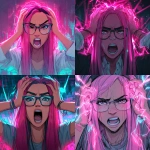

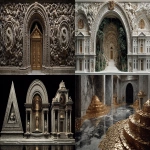
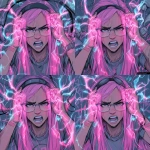

](https://images.ai-img.art/thumbnails/150/4c67c727683a835917441757b71ace563950f9178fa4826e09a55cfb092ac715.webp)
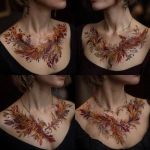


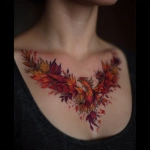
](https://images.ai-img.art/thumbnails/150/b94716d4b88da3e1ec3ab12162616a52ff5698251ac791ddf8478649889a0f47.webp)

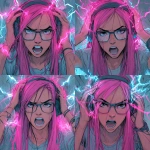

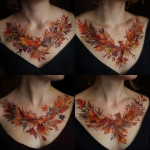




](https://images.ai-img.art/thumbnails/150/fe996254fcb758c1365f3a22783ee6112ed5e34579deb401de674b06938efb2a.webp)
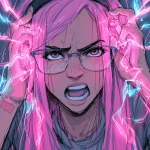


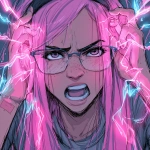


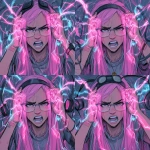

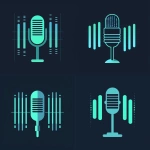
](https://images.ai-img.art/thumbnails/150/4c5bdb0a0a1f761a911521333b9e3463c885aa247b42d1d311a97f2aa2c513d2.webp)




